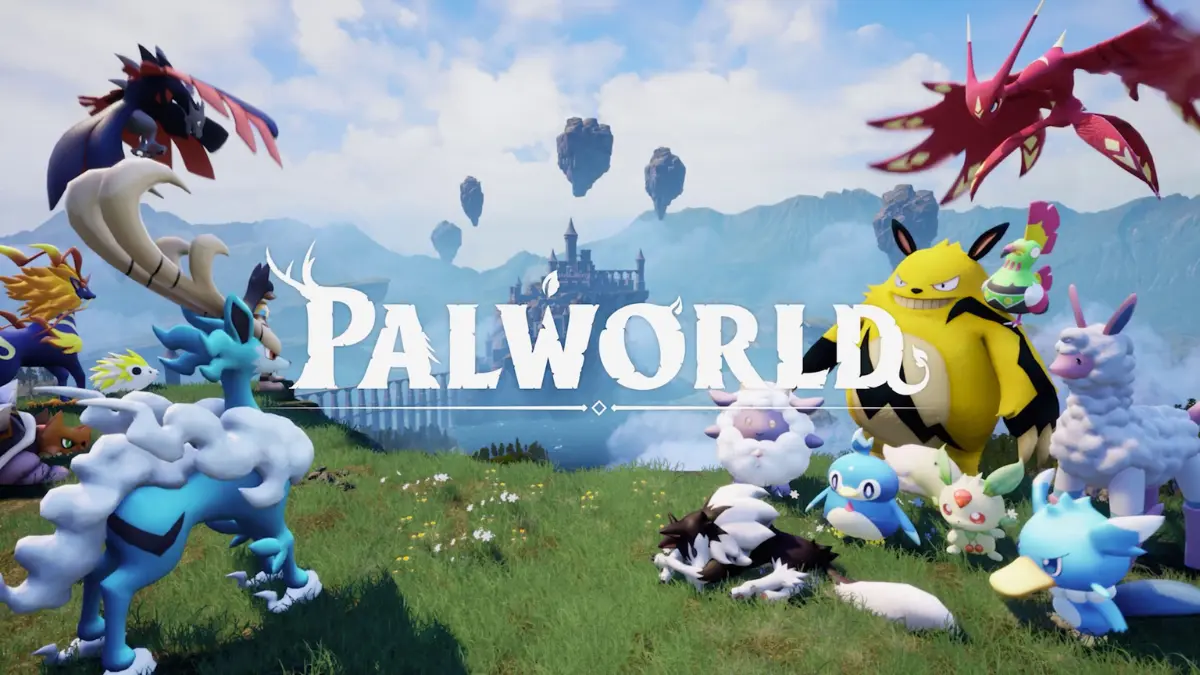On September 18, 2024, Nintendo and The Pokémon Company filed a lawsuit against the developers of Palworld. While the viral hit had drawn obvious comparisons to Pokémon, this wasn’t about creature designs or branding.
The looming legal fight instead centers on something much more technical, and arguably more concerning: gameplay mechanics. Patents. Mounts. Balls. Just what is going on here? And is it even that unusual?.
Is Palworld it really that similar to Pokémon?
Palworld’s Pokémon comparisons started as soon as the game was revealed in June 2021. Back then, “Pokémon with guns” was a common description thrown around.
Japanese developer Pocketpair said it wasn’t a fan of that Pokémon label on several occasions. If you actually tried Palworld, you’d see why: its similarities to Pokémon are superficial. Gameplay-wise, it’s much closer to Ark or Pocketpair’s own Craftopia: a survival crafting game with combat, building, and a lot of exploration.
Monster-taming is part of the experience, sure, but it’s done completely differently, mostly because this isn’t a turn-based game. Even the motivation for capturing creatures shifts: in Palworld, your Pals can handle tasks around your bases and provide traversal boosts or other perks, rather than just serving as combat fodder.
Palworld’s unique formula clearly struck a chord with players. Within a month of its early access release in January 2024, the game reached 25 million people. A year later, Palworld celebrated 32 million players.
Xbox Game Pass obviously boosted those figures, but even if only half of them are sales, Palworld still sold better than all but a handful of Pokémon titles ever made. Unfortunately, while the game was somewhere around 30 million players, Nintendo’s lawyers came knocking.
The three patents behind Nintendo’s power play
In September 2024, Nintendo and The Pokémon Company filed a lawsuit against Pocketpair over Palworld. By that time, much had already been said about the game’s creature designs looking very similar to Pokémon, to the point that former TPC Chief Legal Officer Don McGowan called Palworld “the usual ripoff nonsense.”
However, the 2024 lawsuit had nothing to do with copyrighted designs. Instead, TPC and Nintendo surprisingly sued over patents.
The joint suit filed with the Tokyo District Court alleged that Palworld violated several of the companies’ patents, asking for an injunction to halt Palworld sales in Japan and demanding damages for the infringement. Pocketpair called the lawsuit unexpected.
In November, the Palworld developer provided the first update on the case, revealing three patents registered in 2024 that it was accused of infringing.
Patent JP 7545191 B1
- Filed: July 30, 2024 (split from a December 2021 application)
- Granted: August 27, 2024
This patent describes a system for capturing creatures in a game: the player aims a capture item (like a Poké Ball) using one input (such as an analog stick), then throws it using another (like a button). After that, the game calculates whether the capture succeeds based on a random number generator.
If the RNG roll is successful, the creature becomes the player’s. The patent also covers a visual indicator showing the capture success rate, which is something that doesn’t actually exist in mainline Pokémon games.
Patent JP 7493117 B2
- Filed: February 26, 2024 (split from December 2021 application)
- Granted: May 22, 2024
This patent describes a system for detecting when a thrown capture item collides with a character in a virtual space, and what happens next.
It outlines how a player can aim using one input, throw using another, and trigger a capture process if the item hits the target. If successful, the creature becomes the player’s and can then be used in battles.
As such, this patent is closely related to JP 7545191 B1, though its focus is on the trigger condition for capture attempts rather than success chance calculations.
Patent JP 7528390 B2
- Filed: March 5, 2024 (split from December 2021 application)
- Granted: July 26, 2024
This patent covers how a player can ride different types of creatures on land, in water, or in the air, based on input controls.
It includes a mechanic where a player can mount a flying creature or switch mounts mid-air, without touching the ground. This is also used for seamlessly switching between mounts in-air.
The patent goes further by outlining how each type of mount (land, water, air) has its own behaviors, and even includes fall damage if the player drops from a high enough place. There’s also a link back to the capturing mechanics patent, as it mentions allowing captured creatures to become usable mounts.
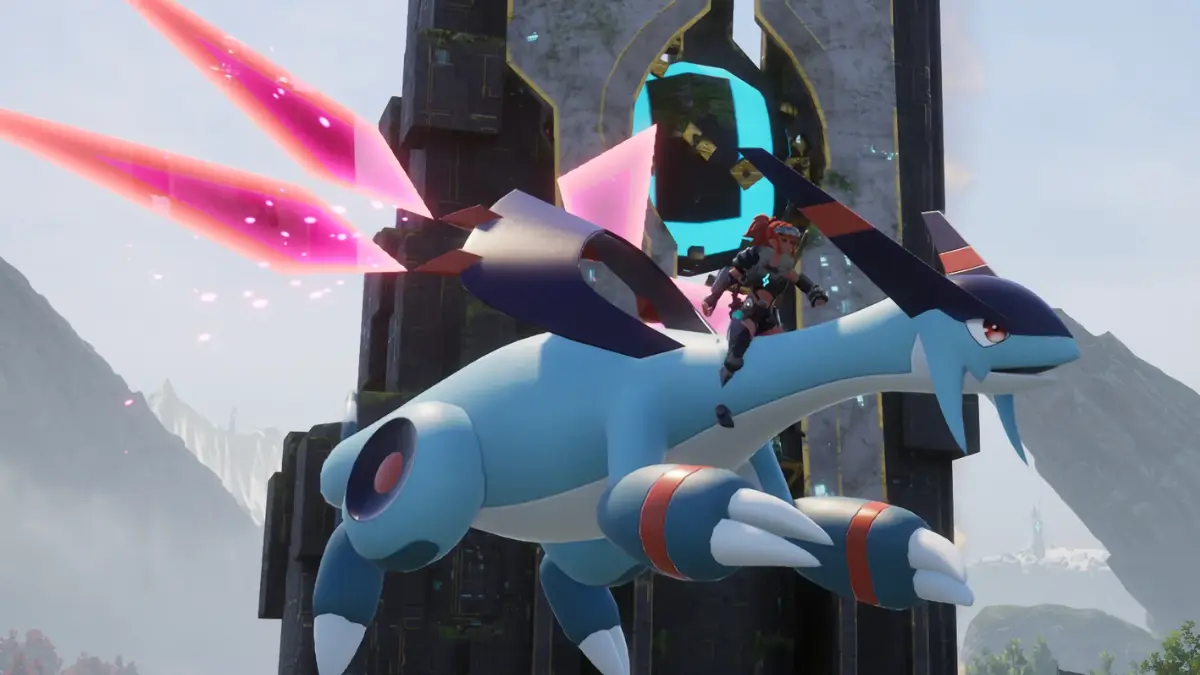
Although all three patents were technically filed after Palworld was released, they were split from a still-pending application dating back to December 2021, then granted through an expedited process. This is standard practice for preparing patent lawsuits.
In its November update, Pocketpair revealed the first details of the plaintiffs’ demands: ¥5 million plus late damages for The Pokémon Company, and another ¥5 million plus damages for Nintendo. That’s just under $68,000 total at today’s exchange rate. A paltry sum, making it clear this case isn’t about money.
In December 2024, Nintendo and TPC secured a creature-capture patent similar to 7545191 B1 in the U.S. As noted by veteran patent law analyst Florian Mueller, this grant was preceded by a November 4 notice of allowance, making it clear (to Pocketpair) the patent was only a question of time.
Since the mere existence of a U.S. patent suggested the lawsuit could go global, Pocketpair moved quickly to tweak the mechanics behind its Pal Spheres. Contrary to what some early reports claimed, the capture system wasn’t removed, just reworked to sidestep the specific inputs and conditions described in Nintendo’s patents.
It was less of a surrender and more of a legal sidestep—stripping just enough away to avoid infringement, without actually pulling the feature fans were using. It did so with the Palworld 0.3.11 update, which rolled out on November 30.
The developer then also replaced the ability to ride flying Pals with a simple glider, also in response to the infringement claims. Pocketpair said the changes aren’t an admission of guilt, but rather precautions taken to minimize penalties in case it’s ever found guilty of infringement.
Since then, Nintendo and TPC continued filing for more anti-Palworld patents in the U.S. Most recently, they secured a pair of them in April. However, no litigation has yet been started outside of Japan.
Pocketpair’s twofold defense strategy
In April 2025, Games Fray procured court documents outlining Pocketpair’s initial defense strategy against the lawsuit. According to the filings, Pocketpair isn’t just denying that Palworld copies Pokémon, it’s arguing that the patents Nintendo and TPC are relying on never should’ve been granted in the first place.
Prior art and patent invalidity claims
This defense hinges on two main arguments. First, Pocketpair claims the patents are invalid because the allegedly infringing features were already common in other games before Nintendo’s filings in 2021.
Titles cited as evidence include Pocketpair’s Craftopia, Ark: Survival Evolved, Rune Factory 5, Final Fantasy XIV, The Legend of Zelda, Titanfall 2, and even mods like Pocket Souls for Dark Souls 3. Pocketpair argues these examples show that Nintendo’s ideas weren’t new or unique.
On the subject of creature riding, specifically, the developer’s June 2021 presentation previewing Palworld’s gliding mounts six months before Nintendo filed to patent something similar is evidence this concept also wasn’t innovative or worthy of IP protections.
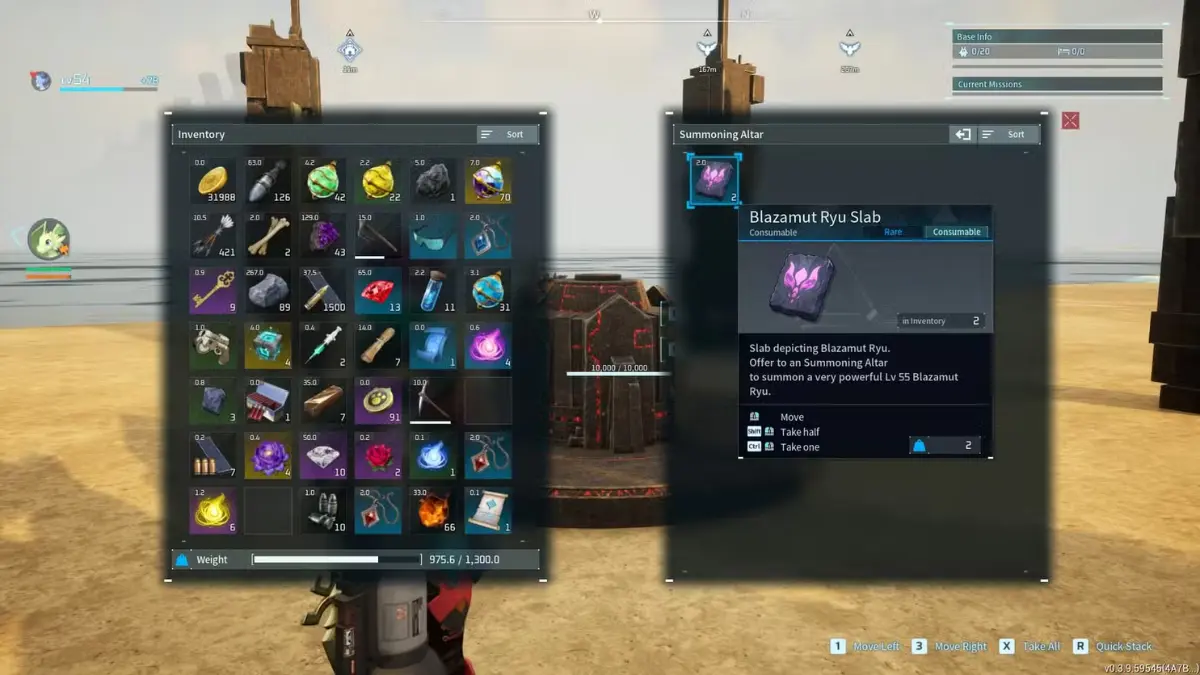
No infringement claims
Even if the patents are upheld, Pocketpair insists Palworld doesn’t infringe on them. For instance, it points out that Palworld uses different inputs for summoning and battling, unlike the single-button system described in one of the cited patents.
Another claim requires characters to automatically pick up items after being released, which is something that Pals in Palworld don’t do. And in the case of riding flying creatures, the company argues that its game doesn’t offer the kind of seamless transition that TPC and Nintendo’s patent describes.
In short, Pocketpair says it built its game on widely used mechanics, not stolen inventions, and even if Nintendo’s patents hold up, Palworld doesn’t actually violate them.
Pocketpair’s defense forced an unusual move from Nintendo
In the latest twist, Nintendo quietly reworded one of the key patents at the heart of its Palworld lawsuit, the one dealing with ride mechanics. Changing a patent you’re suing over in the middle of that same lawsuit is legal under Japanese law, but highly unusual, Mueller notes.
What’s even weirder is what was changed: the new version adds extra wording, including the phrase “even when” (-attemo in Japanese), which is rarely seen in patent language due to its vague and subjective tone.
The revision seems designed to widen the patent’s coverage and help it survive Pocketpair’s ongoing attempts to invalidate it. But in doing so, Nintendo may have backed itself into a corner.
The original patent emphasized that only characters, not tools like gliders or parachutes, could be considered “boardable.” Yet Palworld’s updated gliding system now relies on equipment rather than creatures, so if Nintendo tries to argue the glider counts as a boardable character, it could contradict its own filing.
The move hints at just how delicate Nintendo’s legal position is, and how far it’s willing to stretch to defend it.
Nintendo’s legacy of legal smackdowns
If you’ve followed Nintendo for any length of time, this drama might feel familiar. The company has a long, well-documented history of aggressively defending its intellectual property, whether that makes sense or not.
From fan-made projects like AM2R and Pokémon Uranium, which were nuked with cease-and-desist letters after years of unpaid labor, to YouTube creators who’ve had countless videos struck down, Nintendo’s legal hammer swings far and wide.
In 2024, Nintendo even managed to take down Yuzu, a massively popular Switch emulator, claiming it facilitated piracy.
When even Nintendo’s legal team thinks twice
No matter who’s the target, Nintendo’s lawsuit history shows that the company is always serious about protecting its IPs. And while Pokémon is more fiercely guarded than most brands, what makes this case unusual is that it revolves around patents.
See, Nintendo may be happy to send cease-and-desists to everyone and their mother, but patent complaints are a whole different ballpark. The last time it filed one before this drama was back in 2017, when it sued Japanese dev Colop over five alleged counts of patent infringement in its mobile game Shironeko Project.
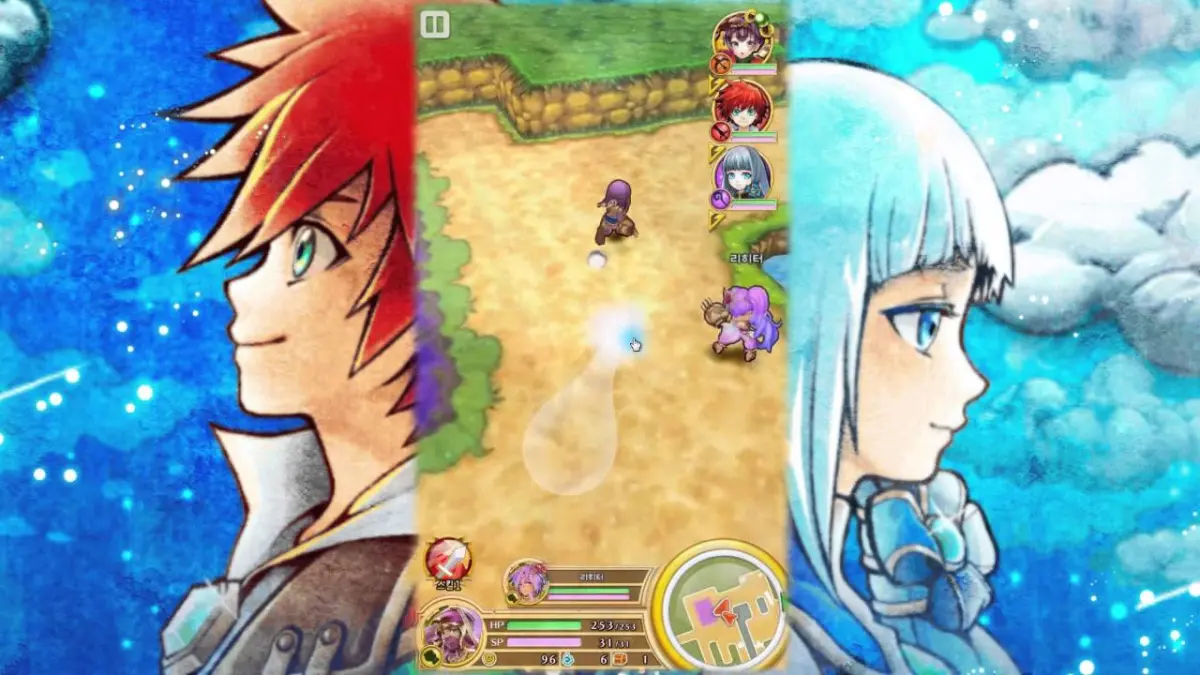
Nearly four years later, Colopl decided to settle for $30 million, which was still a far cry from the $92 million Nintendo demanded. Notice how that figure dwarfs the damages demanded from Pocketpair, to the point that the Palworld lawsuit almost seems like patent trolling.
When gaming giants fought over common mechanics
Beyond Nintendo, lawsuits over gameplay mechanics are rare, but not unprecedented. And naturally, almost all such cases come down to massive corporations coming down much smaller developers, with a few exceptions.
Sega vs. The Simpsons: Road Rage (2003–2004)

Back in 2003, Sega of America sued Fox, EA, and developer Radical Entertainment, accusing The Simpsons: Road Rage of copying Crazy Taxi’s gameplay. The case was settled out of court shortly afterward.
Sega vs. Level-5 (2012)
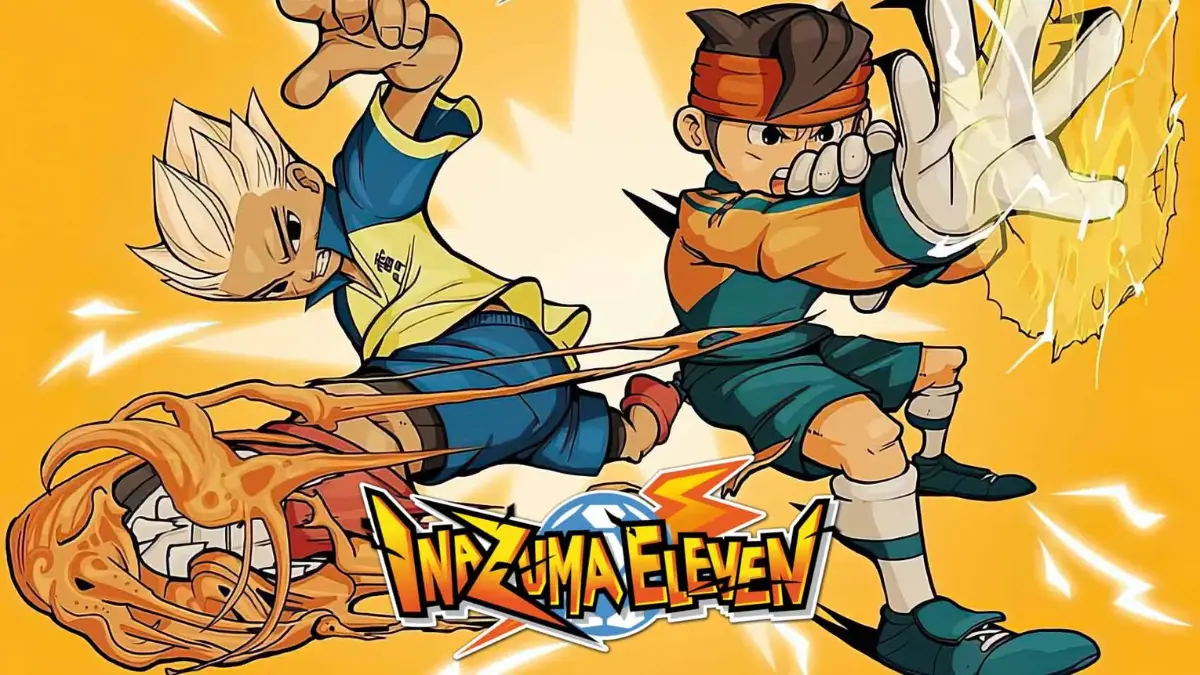
A decade later, Sega accused Professor Layton developer Level-5 of infringing on two of its touchscreen controls patents with its anime soccer game series Inazuma Eleven. It sued for nearly $11 million.
Level-5 pushed back hard, calling the case baseless and noting Inazuma Eleven predates Sega’s patents, the first of which was awarded in 2009, by a year. The developer also argued Sega’s patents are invalid on account of covering a basic gameplay mechanic. The case never made its way to court.
Capcom vs. Koei Tecmo (2014–2019)
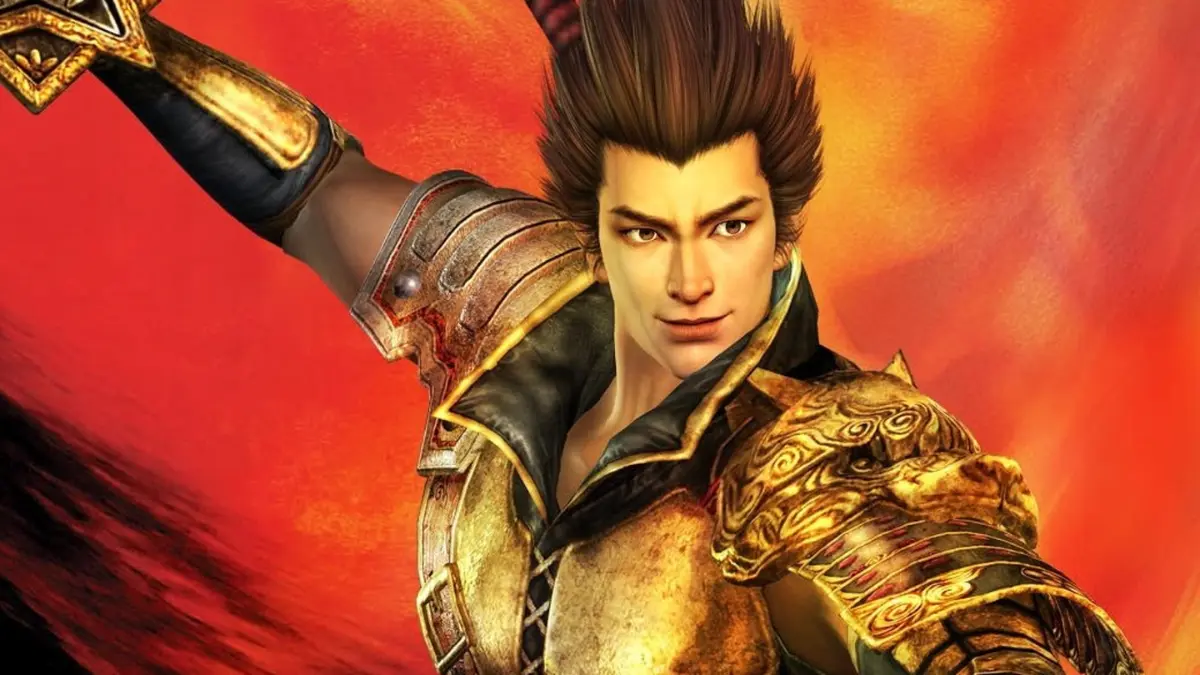
Capcom once accused Koei Tecmo of violating patents related to importing save data in sequels from previous games and triggering controller vibrations to alert players of off-screen enemies.
The Osaka District Court agreed, at least partially. By 2019, Capcom was awarded about $1.3 million in damages. Koei Tecmo’s final appeal was rejected in 2020, cementing the win.
Konami vs. Cygames (2023–today)
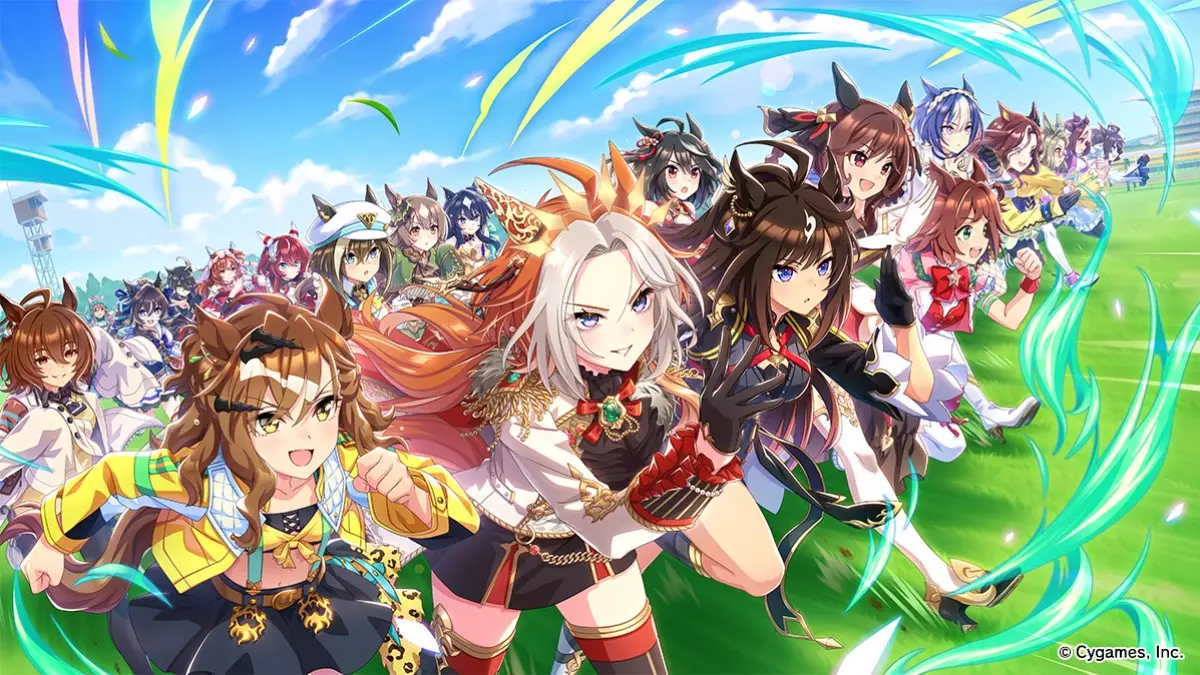
In 2023, Konami sued Cygames over Uma Musume: Pretty Derby, demanding a staggering $29 million in damages and trying to halt the game’s distribution entirely over multiple patent infringements.
Cygames claimed it had already tried to settle things privately, but Konami refused to compromise. The exact patent claims haven’t been disclosed publicly, but the case is still ongoing.
Sega vs. Bank of Innovation (2024–today)

Sega filed another patent lawsuit in 2024, this time against the developers of Memento Mori, Bank of Innovation. The target were gacha mechanics, namely patents covering synthesis systems, pity counters, and other common mobile monetization tools.
Sega’s asking for over ¥1 billion (~$6.6 million) in damages. BOI claims it has done nothing wrong and plans to fight the case in court. This one’s also still unfolding.
So, what’s the pattern?
As you can see, Palworld vs. Nintendo isn’t exactly the first case of its kind, and it probably won’t be the last.
Gaming corporations, especially in Japan, have been filing lawsuits over gameplay mechanics for decades, some more successful than others. These suits rarely reshape the industry overnight, and the outcomes often only affect the companies and countries involved.
But the existence of these cases does suggest big devs are getting more aggressive about locking down mechanics, rather than just logos or characters. So, if you’re a smaller studio with a hit game, you better pray the big guys don’t consider you a threat in need of being crushed.
Why this lawsuit could reshape indie gaming
While the stakes here go beyond patents, the potential effects of the lawsuit will heavily depend on how exactly the case plays out.
What if Nintendo wins?
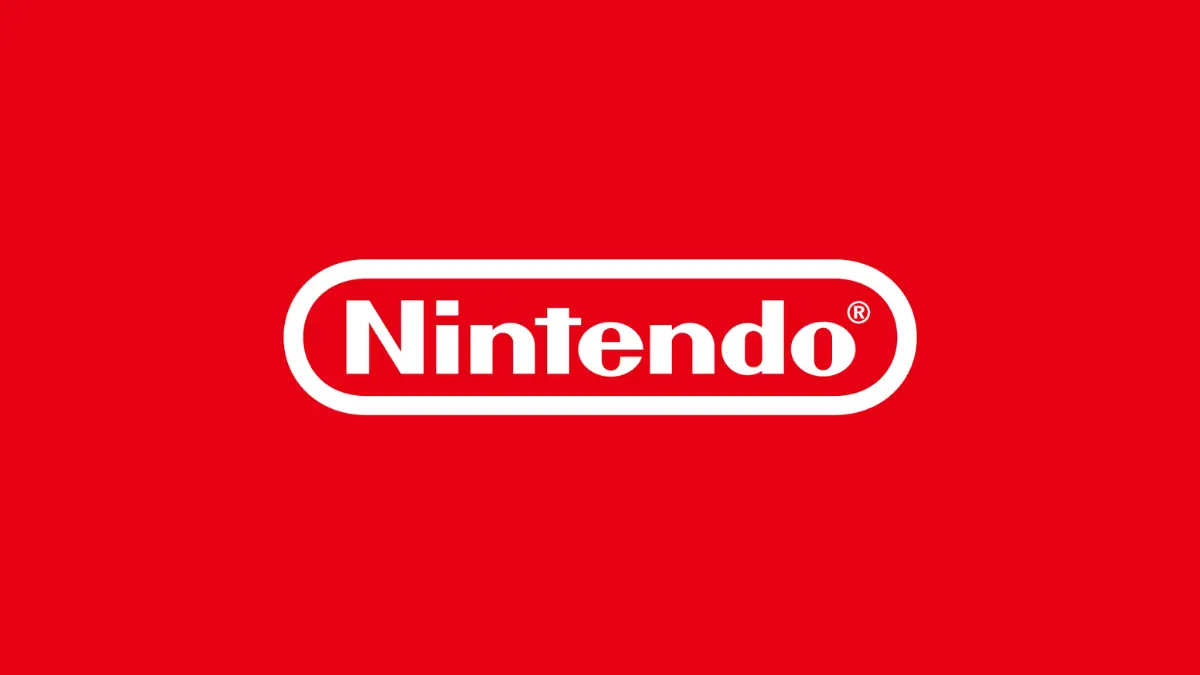
If Nintendo wins, Pocketpair will obviously be held liable for damages. While the original ¥10 million sum being demanded isn’t significant, it could still grow, especially since Pocketpair took a while to remove the allegedly infringing mechanics from the game.
That said, because those mechanics were eventually patched out, a full delisting of Palworld seems unlikely, even in a worst-case scenario. Nintendo could still request it, but without ongoing infringement, the chances of the court granting a sales injunction are slim.
The bigger concern is the message a Nintendo win would send to the rest of the industry. It could have a chilling effect on indie devs, discouraging them from even touching certain genres. Games like Temtem, Cassette Beasts, or Monster Sanctuary might never get made in a climate where genre tropes are treated like patent minefields.
A victory in Japan could also embolden Nintendo to escalate the case internationally. After all, the company has already secured the same patents in the U.S.
What if Pocketpair wins?
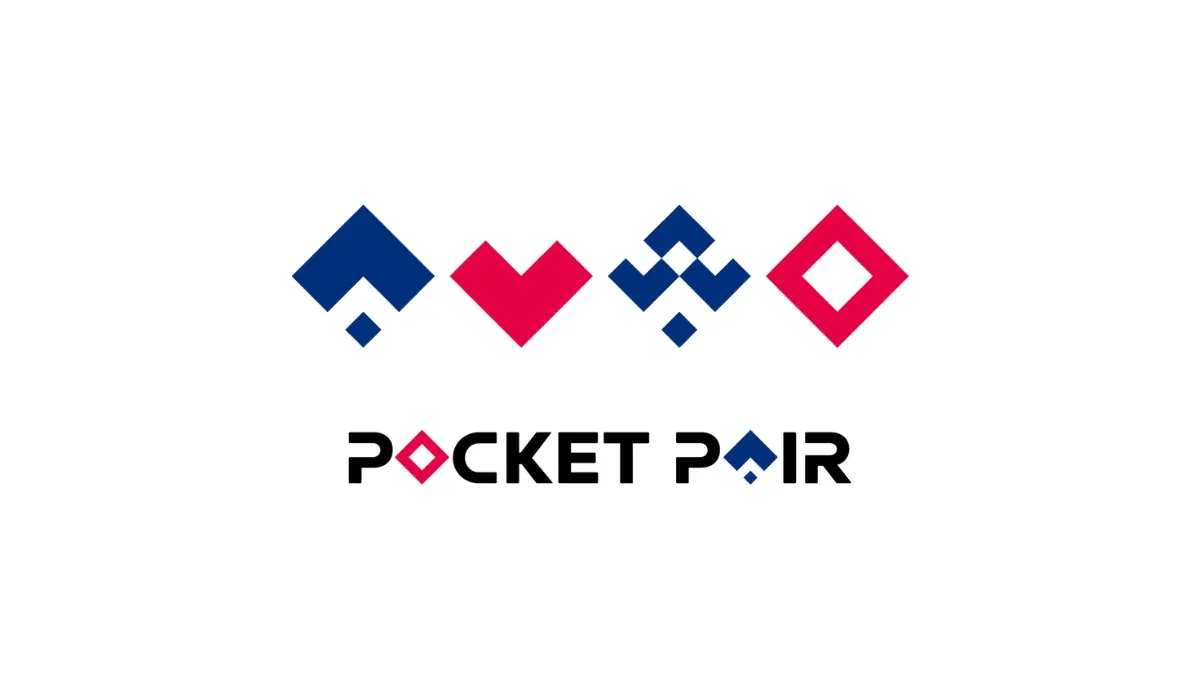
If the patent invalidity defense holds, at least some of the three patents at the center of the case would be partially or entirely invalidated. Therefore, a Pocketpair win could be a major blow to Nintendo’s attempt to patent fundamental gameplay concepts related to Pokémon.
No matter which of the two defenses prevails, Pocketpair winning would open the door for Pal Spheres and Gliding Pals to return to Palworld. It would also reduce the chances of this case ever being refiled outside of Japan.
The long road to a verdict (and what happens while we wait)
According to ICLG, the average length of patent litigation in Japan is between 18 and 24 months for first-instance rulings. So, discounting the unlikely event of a settlement, the next milestone in this case will likely be a Tokyo District Court judgment, expected circa mid-to-late 2026.
From there, both parties will have a chance to lodge an appeal with the IP High Court. In other words, this case may continue for a while yet.
In the meantime, Palworld isn’t going anywhere. Pocketpair has not only removed the allegedly infringing systems but also taken steps to protect and grow its IP for the long haul.
One such major move was Palworld Entertainment, a joint venture with Sony Music Entertainment and its subsidiary Aniplex. Announced in July 2024, Pocketpair said the new company would accelerate the “global development of Palworld and its future expansion.”
The expert predictions on how this ends
Last year, IP law analyst Florian Mueller told me this whole Palworld vs. Pokémon patent thing is “a clear case of bullying.” But that doesn’t necessarily mean Nintendo will walk away empty-handed. In fact, whether Pocketpair’s defense holds up is a complicated question that not even experts dare predict.
One thing that seems certain is that a settlement’s unlikely at this point. Nintendo didn’t give Pocketpair any heads-up when filing the lawsuit, and it also didn’t demand a massive sum of money in damages, which is usually a clear sign of there being room for negotiation.
Instead, the plaintiffs initially pushed for minimal damages but an absolute sales injunction, trying to completely stop Palworld sales in Japan. So, whatever happens, it’s clear Nintendo wants to have this case run its course.
As we’ve seen with Sega, Capcom, and others, litigating over gameplay patents is becoming a favored weapon in corporate playbooks, especially in Japan. And the Palworld lawsuit may be the most ludicrous such case yet, at least looking at its vague claims from the outside.
No matter what happens, this case sends a message: if your indie game gets too successful—or too close to a billion-dollar franchise—you might find yourself in a courtroom.
The current Pocketpair-Nintendo drama is unlikely to set a literal precedent, but you can be sure it’s going to be remembered for years to come, with its outcome potentially discouraging indie devs from tackling entire genres.
